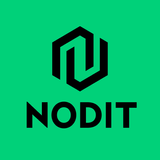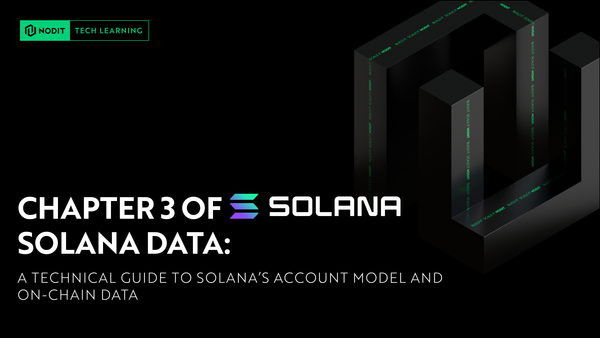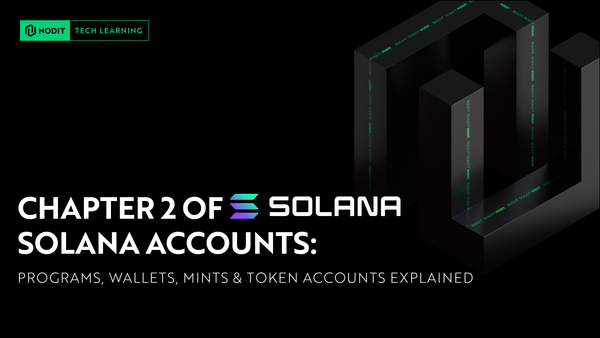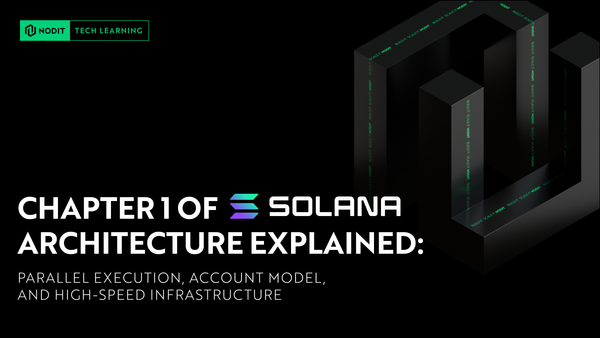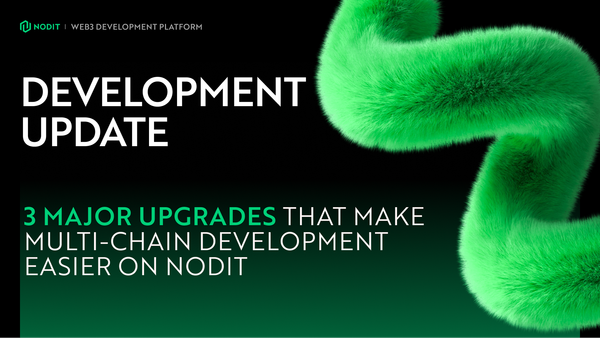Recap of Our First XRPL Developer Workshop in Korea
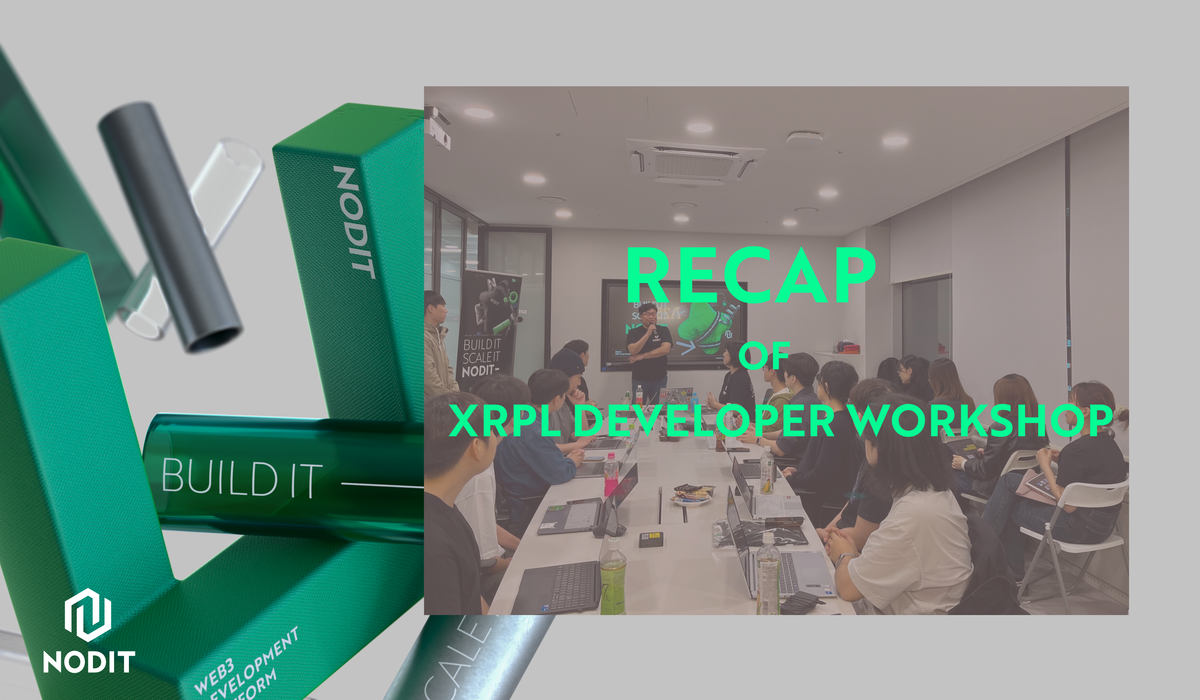
TL;DR
- We hosted our first XRPL developer workshop in Korea on May 13 to activate our partnership with XRPL Korea and introduce Blockchain MCP, which lets developers query blockchain data using natural language.
- Participants asked thoughtful questions about how Nodit’s API works, how beginner friendly it is, what MCP can do, and how it performs at scale.
- We showed that Nodit simplifies XRPL development by providing clear, structured data and tools that let anyone—beginner or expert—build faster and smarter.
- One of the most inspiring moments came from the students who stayed behind, willing to learn more about our upcoming hackathon and career opportunities.
Greeting builders,
To put our partnership with XRPL Korea into action, we hosted our first XRPL developer workshop in Korea on May 13. At the workshop, we set out to introduce not just a new tool, but a new way of thinking about blockchain development. The spotlight of the session was on Blockchain MCP, a Model Context Protocol that allows developers to interact with blockchain data using natural language.
With our Blockchain MCP, developers no longer need to write complex code just to query token flows or understand transaction details. Instead, they can simply ask questions like,
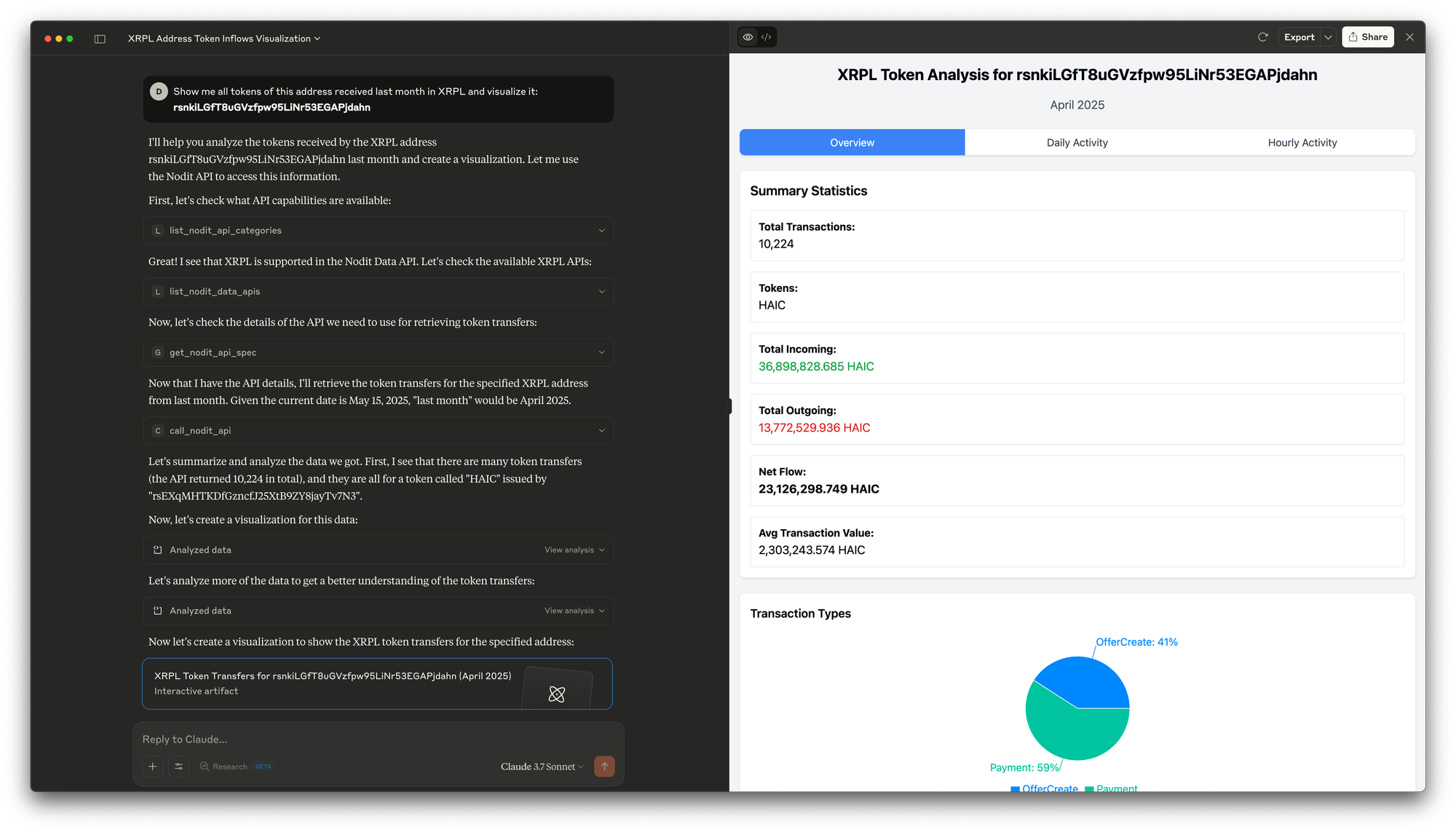
“Show me all tokens this address received last month”,
and get structured, accurate results immediately.
This intuitive approach sparked a wave of thoughtful questions from participants. Each question reflected genuine curiosity and a shared interest in building better blockchain applications with fewer obstacles. Below are some of the key questions we have received the most.
Q1. What sets Nodit's XRPL API apart from other API solutions for the XRP Ledger?
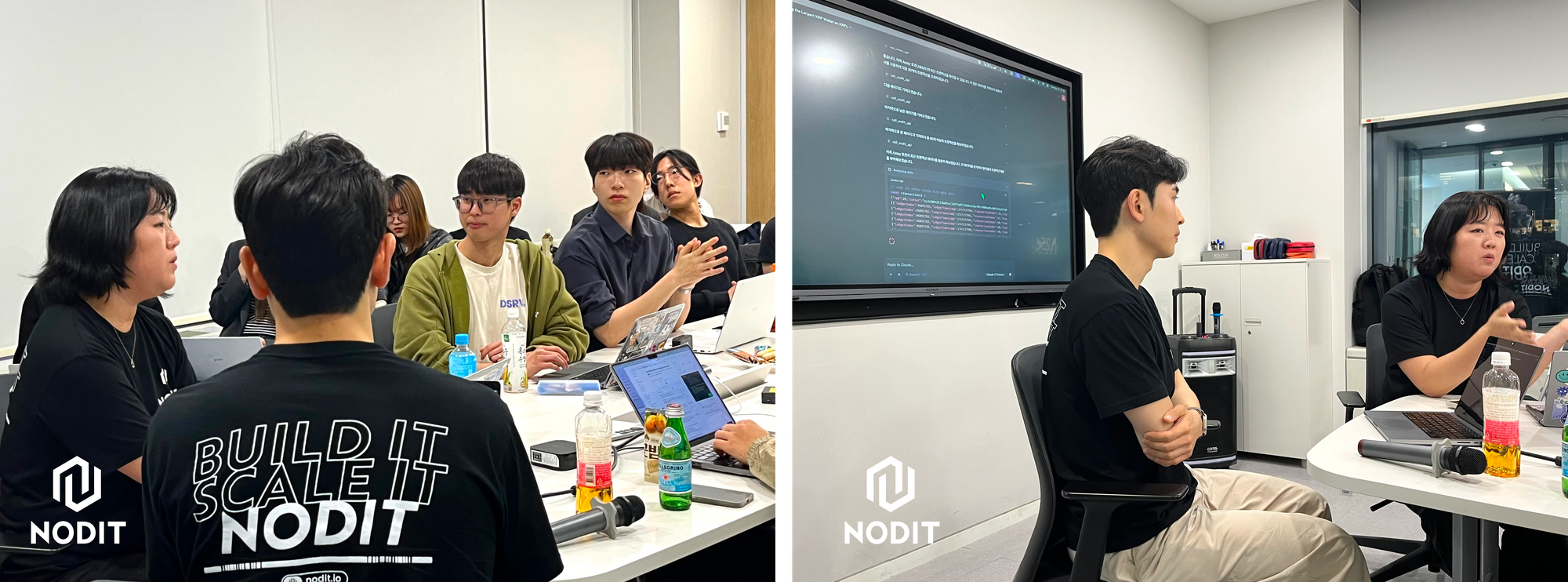
Nodit’s XRPL API was built with two priorities in mind: accuracy and accessibility.
Most XRPL APIs give you raw data straight from the ledger, which often requires a solid understanding of how XRPL works behind the scenes. But with Nodit, you get clear and structured results right away. When you query a transaction, you can immediately see which tokens were transferred, who was involved, and how balances changed—without having to decode layers of metadata.
It goes even further by handling complex scenarios like rippling and pathfinding. Nodit traces the full path of each asset, so you can understand exactly where a token came from, how it moved, and who received it at the end. That level of clarity is hard to find elsewhere.
Everything is presented in a way that is simple enough for beginners to follow, but detailed enough for experts to rely on. It is a tool that grows with you as you build.
Q2. How easy is it for novice developers to start building with Nodit's API?
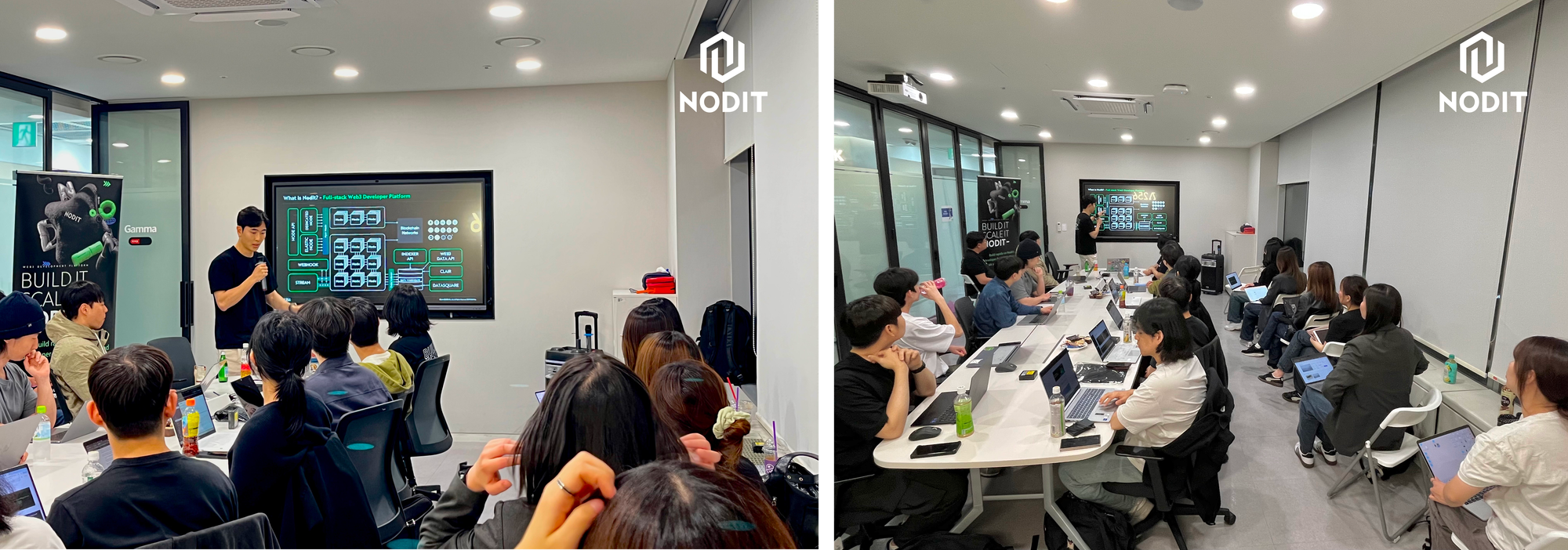
We made it clear during the workshop that Nodit is not just for experienced developers—it is built with beginners in mind too.
Unlike traditional XRPL tools that often require you to understand complex ledger structures or ripple states, Nodit simplifies the entire process. You can check token transfers, track balance changes, or explore wallet activity with just a single query.
Especially our documentation is straightforward and filled with examples to help you get started quickly. And if you want an even easier way in, Blockchain MCP lets you ask questions in plain language as no codes are needed. Just type what you want to know, and MCP will figure out the rest.
Q3. Is MCP only for AI developers, or can regular Web3 builders use it too?
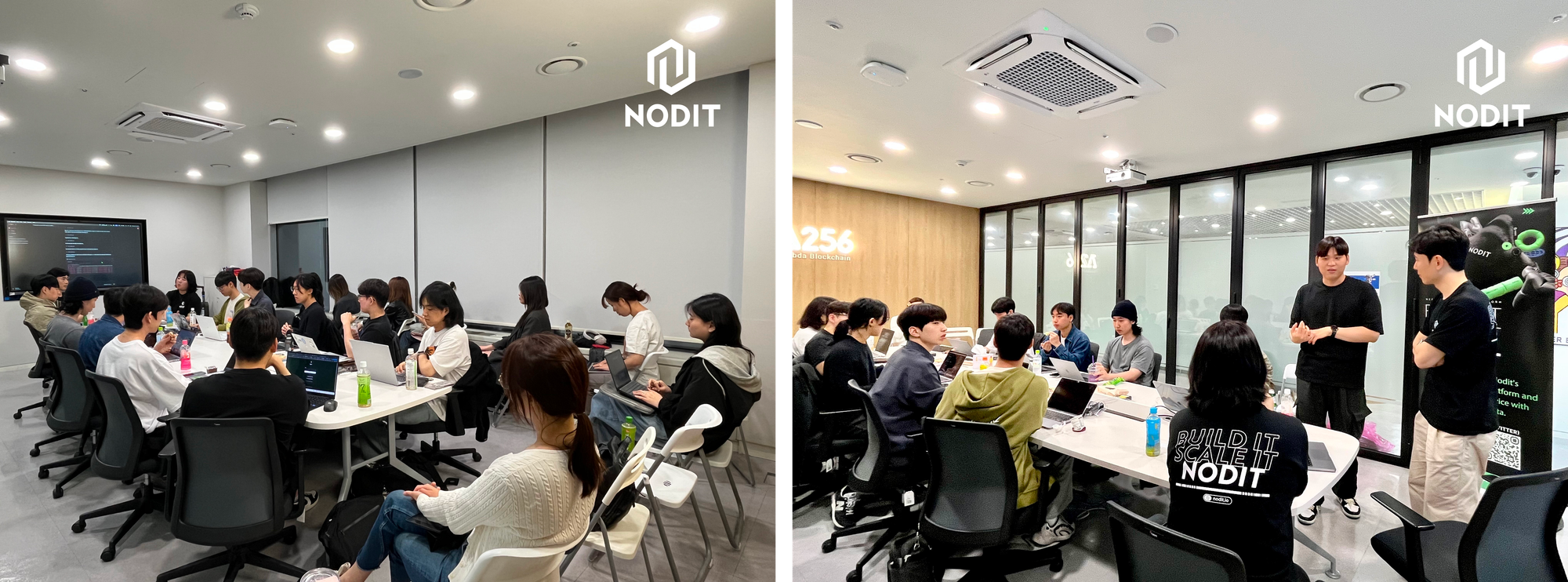
MCP is not just for AI developers. It is a tool built for everyone—including Web3 developers, product teams, data analysts, and even nontechnical users.
It works by interpreting plain language queries and translating them into Nodit API calls. Developers can use it to explore data quickly, test ideas, and even build full features without needing to understand every detail of the backend.
Whether you are writing code or not, MCP helps remove the barrier between your questions and the answers you need.
Q4. What kind of tools or projects can beginners build using XRPL data and MCP?

One of the key goals of this workshop was to show that meaningful blockchain projects do not need to start with complicated code or deep infrastructure knowledge. With Nodit’s structured XRPL data and the natural language interface provided by our Blockchain MCP, even beginners can start building real tools from day one.
- A wallet activity dashboard tracking incoming and outgoing tokens
- A visual explorer for tracing token movement between accounts
- A multi-chain portfolio tracker using data from XRPL, Ethereum, Arbitrum, and others
- Analytical tools for summarizing balance changes over time
What makes Blockchain MCP special is that you do not need to build a full backend or write complicated logic to access this data. You just describe what you want to know, and MCP takes care of the query, the formatting, and the interpretation.
So whether you are a student learning Web3, a builder prototyping an idea, or a researcher exploring blockchain activity, Blockchain MCP and Nodit give you a smooth and fast way to turn questions into working tools.
Q5. What is the expected average response time and throughput when using Nodit's XRPL Web3 Data API? How does it perform under high-volume or large-scale request scenarios?

We explained that Nodit's API is built to perform smoothly. For most use cases, it responds in under 300 milliseconds, making it quick and reliable.
Even when handling larger tasks, like wide date ranges or filters that require more processing, it stays consistent and usually returns results in about one second or less. One of the clearest examples is Upbit’s Fraud Detection System, one of the largest and most active crypto operations in Korea. This system uses Nodit’s API infrastructure daily to handle a large volume of transactions and data queries in real time. It requires not just speed, but also precision and stability, and Nodit delivers on all three
Q.6 Can we quickly build an XRPL-based dApp using Nodit MCP, just like something as Cursor?
Yes, absolutely.
By combining Nodit MCP with development environments like Cursor or Claude, builders are allow to quickly build features by simply describing them.
For example:
“Build a token transfer dashboard for this XRPL wallet using React.js.”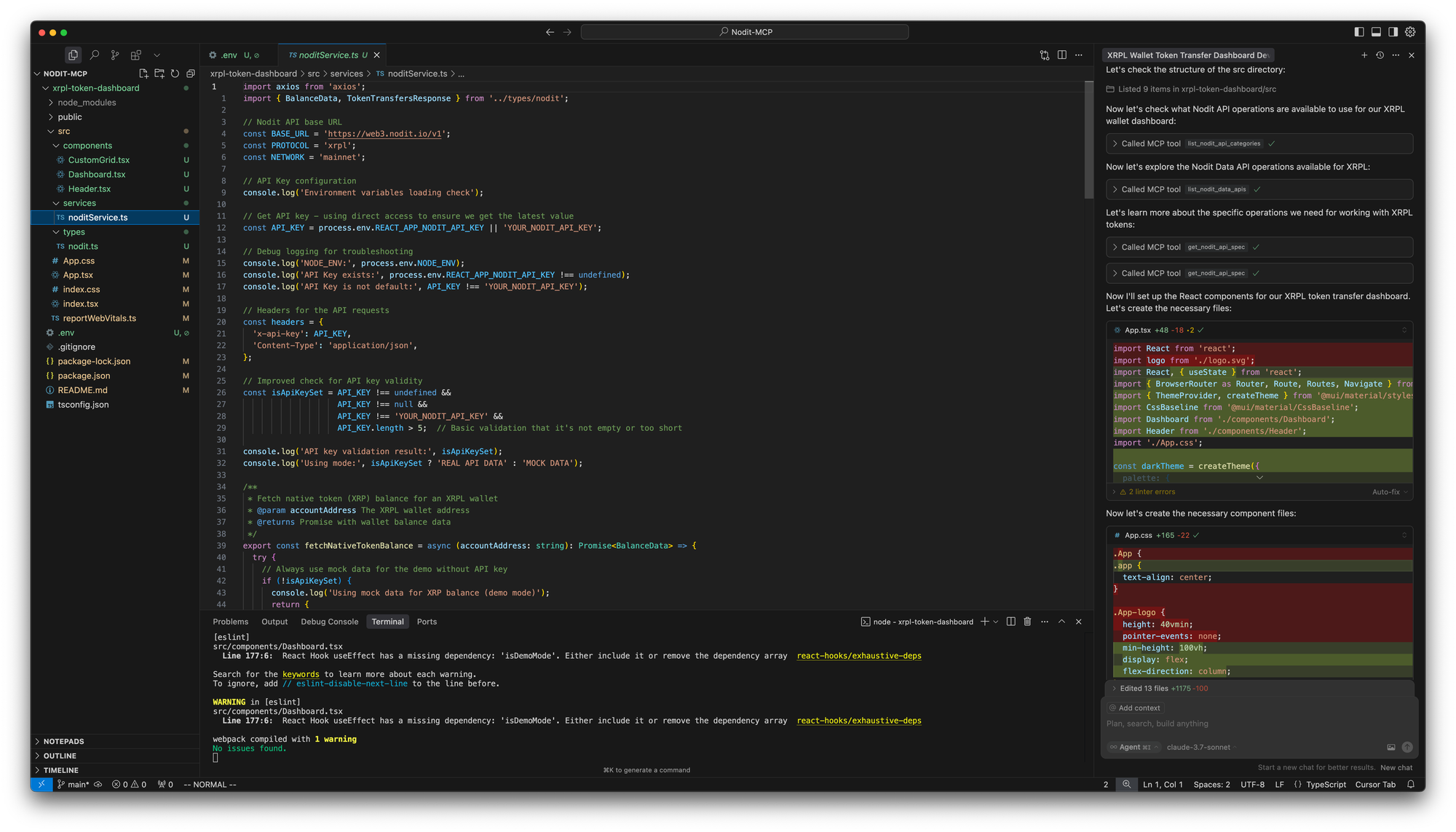

MCP will understand the request, find the right API, apply the correct parameters, and return working code. This lets developers focus on ideas instead of digging through documentation or formatting responses manually. It is a fast and intuitive way to build XRPL powered applications without the usual friction.
Student today, builder tomorrow
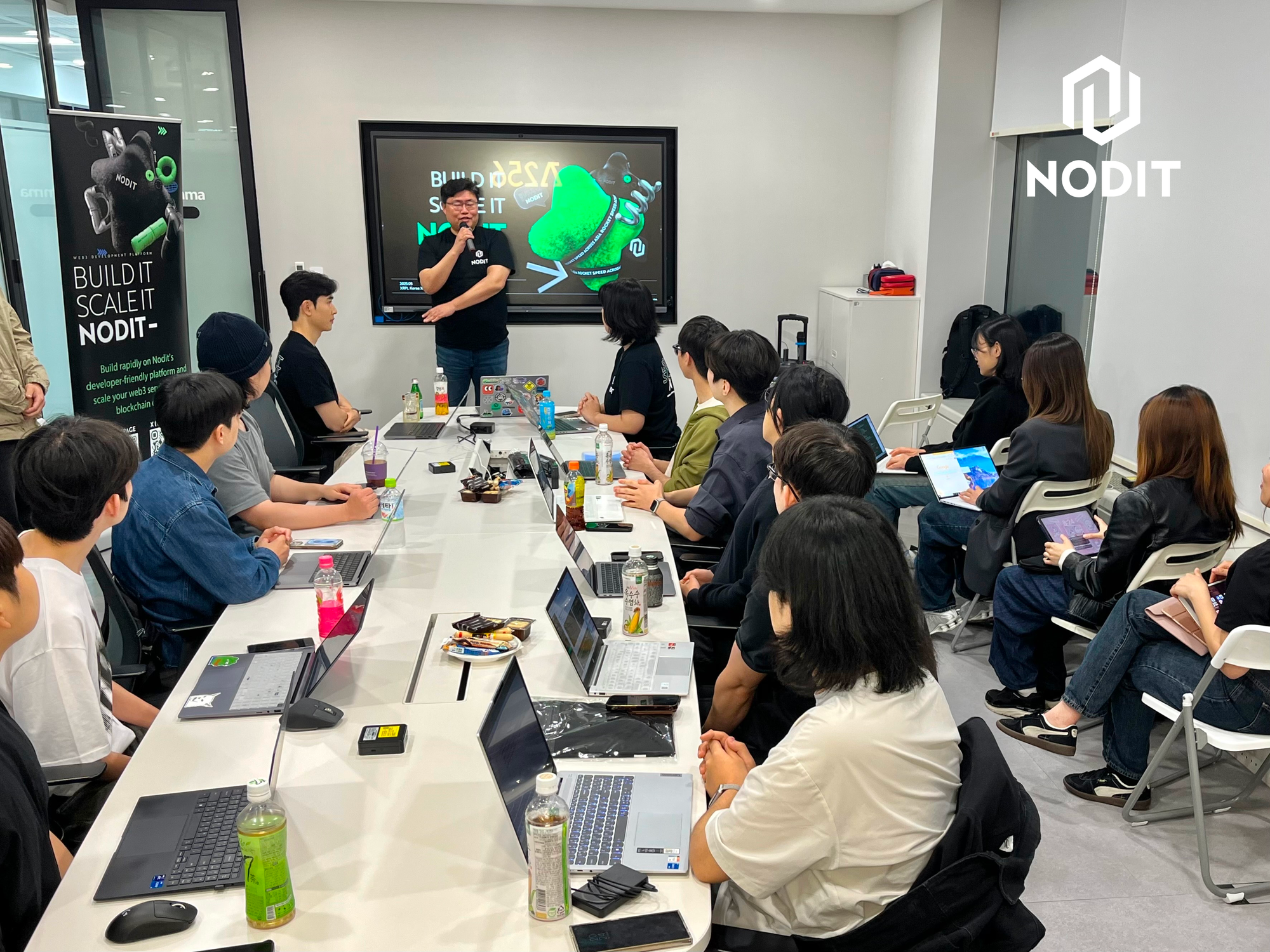
One of the most heartwarming moments from the workshop was seeing so many students stay after the session to ask about our upcoming hackathon and career opportunities. Their curiosity and enthusiasm were truly inspiring. Many were eager to learn how they could get involved, contribute to real projects, or even become part of Nodit in the future. Some shared their excitement about building their very first dApp using the tools we introduced.
It was a powerful reminder of why we do what we do. Huge thanks to everyone who joined us and helped make the day so special.
🔎About Nodit
Nodit is a platform aims to provide reliable node & consistent data infrastructure for scaling your dapps in multi-chain environment. The core technology of Nodit is a data pipeline that performs crawling, indexing, storing, and processing of blockchain data, along with a reliable node operation service. With processed blockchain data, developers can leverage on-chain and off-chain integration, advanced analytics and visualization, and even AI modeling to build exceptional Web3 products.
Homepage l X (Twitter) l Linkedin
Join us and build more👊🏻
👉Start for Free (Click)
📩 Email: nodit@lambda256.i

